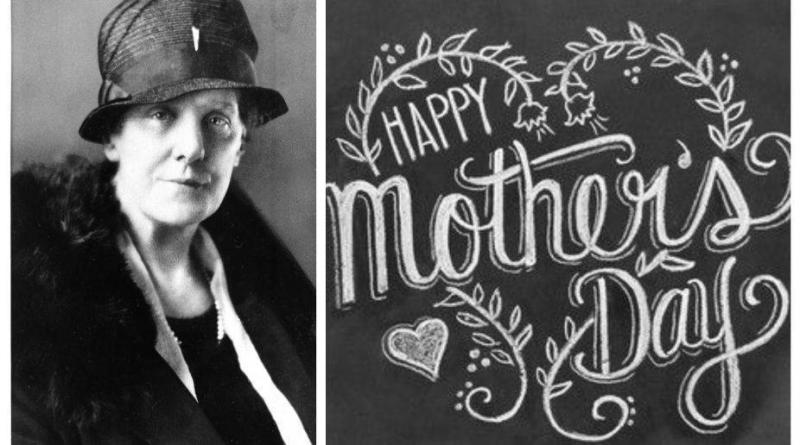In the early 20th century, a woman named Anna Jarvis passed away. She was a Civil War doctor and a peace activist who often spoke about her dream of establishing a national holiday to honor mothers everywhere. Throughout her life, she created what she called "Mother's Day Work Clubs" in her home state of West Virginia. In these meetings, she brought local mothers together and taught workshops on how to raise healthy children. Her initiative was inspired by feminist poet Julia Ward Howe, who published the "Mother's Day Proclamation" in 1870 and envisioned a holiday where people everywhere would assist struggling mothers in their communities.
When she passed away, her daughter Anna Jarvis wanted to do something meaningful to celebrate her mother's life. So, on May 10, 1908, Anna sent 500 white carnations to the Andrews Methodist Episcopal Church in Grafton, West Virginia (her mother's birthplace). Anna also held a service in Philadelphia, where she was living at the time. This is considered the first Mother's Day celebration, although it didn't become a national holiday until eight years later.
After Anna's memorial for her mother, she raised awareness about creating a special day to honor mothers everywhere. Over the following years, her proposal gained popularity, and by 1914, Woodrow Wilson declared Mother's Day a national holiday. It is noteworthy that later in her life, Anna struggled to abolish Mother's Day as a national holiday because she believed it had become too commercialized. Instead of a day of service for mothers, she saw greeting card companies and retail chains using the day as a means to sell products. However, more than 100 years later, we still celebrate mothers every May.




